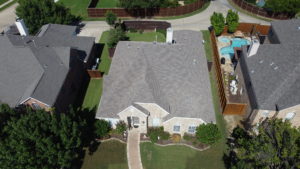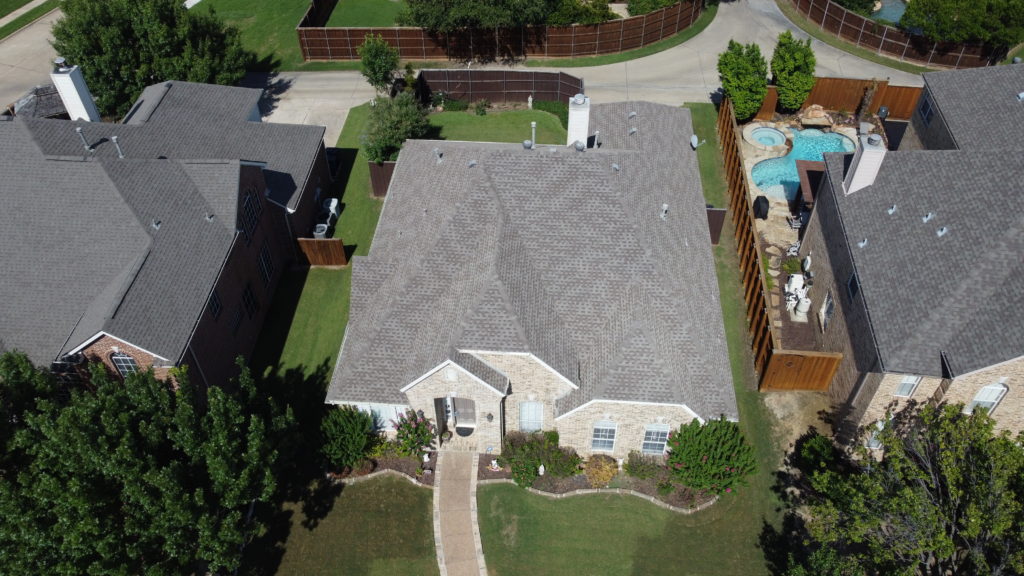How to Speak Roof: Terms to Know When Working With a Roofing Company
Whether you’re trying to repair your current roofing setup or installing a new one altogether, working with roofing companies in Denver can be a doozy if you’re unable to decipher half of what their technical jargon actually means.
Understanding the terminology behind roofing terms spewed out by specialists from roofing companies in Denver are fundamental. Being able to “speak roof” means you’ll both be on the same page on the work being done to your home.
The next time you find yourself working with a Denver-based roofing company, keep in mind these terms to expand your terminology!
Decking
Roof decking consists of the foundation of a roofing system that’s made from wood, concrete, steel, or other materials. It covers the holes between the trusses and the joints of a ceiling structure.
The next time you see mildew, loose shingles, or holes on your roof, it’d be wise to call in a roof company in Denverto get such issues checked out.
Drip Edge
Forming an L shape to prevent water from reaching the fascia of your roof and sitting at the edge of your system, drip edges safeguard the underlying structure of your roof. Rust caused by water damage is a surefire indicator that your roof might need some tending to by a Denver roofing company.
Fascia
Sitting below the roof’s rain gutters and drain pipes attachment points, your roof’s fasciaconsists of a wooden board that’s stuck in place on the edge of the roof. If the paint is peeling, you might want to acquire the services of one of Denver’s many roofing companies, as the fascia helps to give your home a finished look.
Flashing
This is the thin sheet of metal that re-directs water and other invasive substances from reaching the important sectors of your roofing system. Flashing is often installed on skylights, chimneys, and vents, to prevent water leaks at creases where the roof meets vertical surfaces.
Bending or darkening of your flashing is a sign that you might need to call a roofing company in Denver.
Hip
The hip refers to the vertical connection between two roof slopes, running from the top ridge to the eaves, and requires additional shingle work to protect the connection as a whole.
Soffits serve as the bottom of a balcony, overhanging eaves, or arch of a roofing system, and they’re commonly referred as the decorative element of an eave to give it a finished aesthetic. It also fulfills the purpose of protecting your home’s rafters from damage from the elements.
Nonetheless, rain and sun damage is commonplace, and roofing companies in Denver will prevent your home’s soffit from crumbling altogether.
Truss
Trusses have the function of supplementing the rafters of your home, making them a true foundational piece of your roofing system. Once installed, they shouldn’t be tinkered with much to prevent compromising the stability of your roof.
Closing Thoughts
The next time a roof specialist hits you with the aforementioned roofing terms, after perusing through this glossary, you’ll end up looking competent in the complexities of the dictionary of roofing systems. We hope this article will help you out in such instances.



